The Everest Region, along with most of the other trekking areas in Nepal, has four distinct seasons. Spring, summer, autumn and winter. The months from March to May, pre-monsoon, and from October to early December, post-monsoon, are the most popular for trekking to the Gokyo Valley. Every season offers its own excitement and atmosphere and in principle, you can go trekking year-round. There are good reasons why spring and autumn are considered the trekking season. Below we’ll give you a run-down of what each of the seasons are like.
Spring
Spring (March-May) is the main season and trekkers from around the globe come to the Everest region in large numbers. In springtime, the temperature is mild, the precipitation is low and the trekking conditions are great. On the trail to the high peaks it’s buzzing with excitement and anticipation to see the world’s highest peaks in all their glory. For the Gokyo Lakes trek, it gets busy up to Namche Bazaar, but therefore it’s a great time to connect with like-minded people and chat about everything adventure. After that you’ll hit the quiet trails. While temperatures in daytime along the trek are balmy, the Gokyo Valley temperature can still dip below freezing level at night and in the early morning. Check our packing list for the trek further in this blog post.
Summer
Summer season falls in the months of June, July and August. Summer is the month with the highest temperatures and in that sense it is quite pleasant. However, this is also the monsoon season, and it rains a lot. The chance of seeing the mountains around you is smaller as it is cloudy most of the time. The trail will be wet and slippery and there is an increased risk of landslides. On the flipside, it’s not very busy on the route and the sherpa villages feel more serene.
Autumn
Autumn in the Khumbu (September, October, November) is, like springtime, prime trekking season with similar trekking conditions. The big difference is that the air in spring is sometimes a little hazy due to the dust in the atmosphere. Post-monsoon the air is very clear, allowing for stunning views of the mountains.
Winter
Winter season runs from December to February. This period is the hardest time to trek in the Everest Region. With the Gokyo Ri elevations exceeding the 5000 meters mark, it gets extremely cold. Night temperatures drop to -20 degrees Celsius. Add wind and snowfall and you’ve got yourself a proper winter expedition. It really adds to the Gokyo Ri trek difficulty. Why do we still run treks in the Gokyo Valley in winter? We work with some of the best trekking companies in Nepal. Besides trekking trips they also organize climbing expeditions to some of the highest peaks in the Himalayas. Our partners can keep you safe and comfortable, even in these cold conditions. And you will probably have the entire route to yourself!




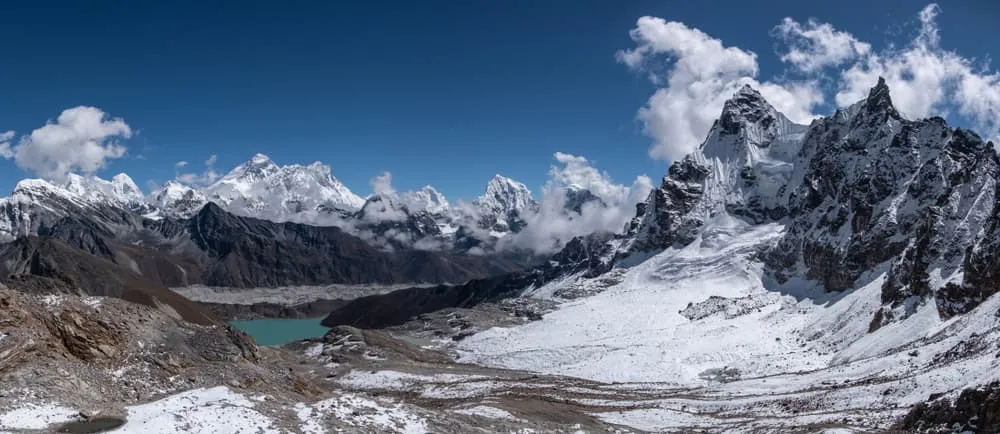


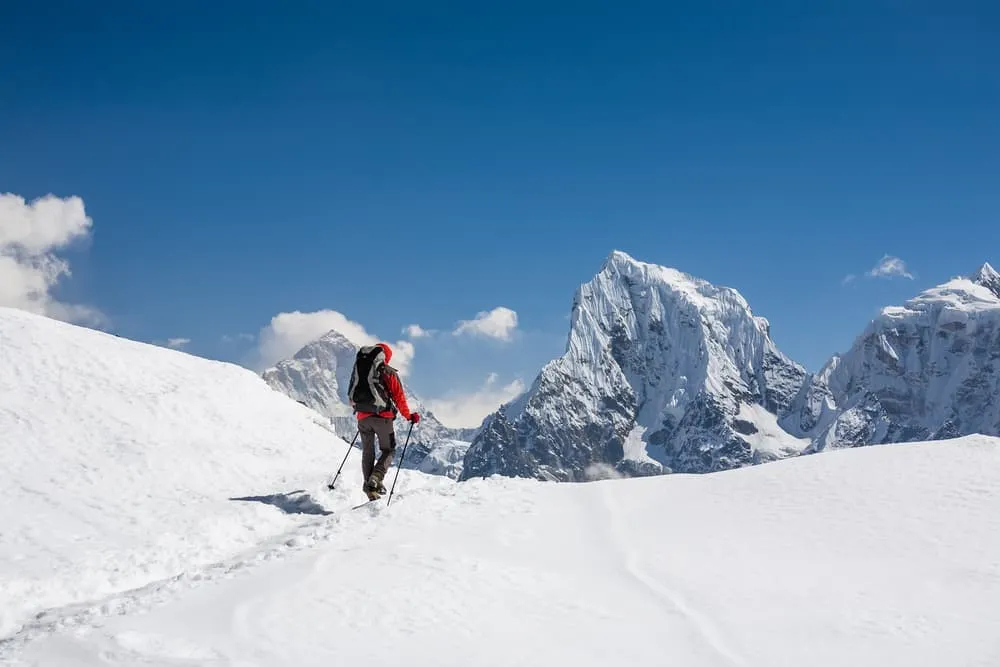
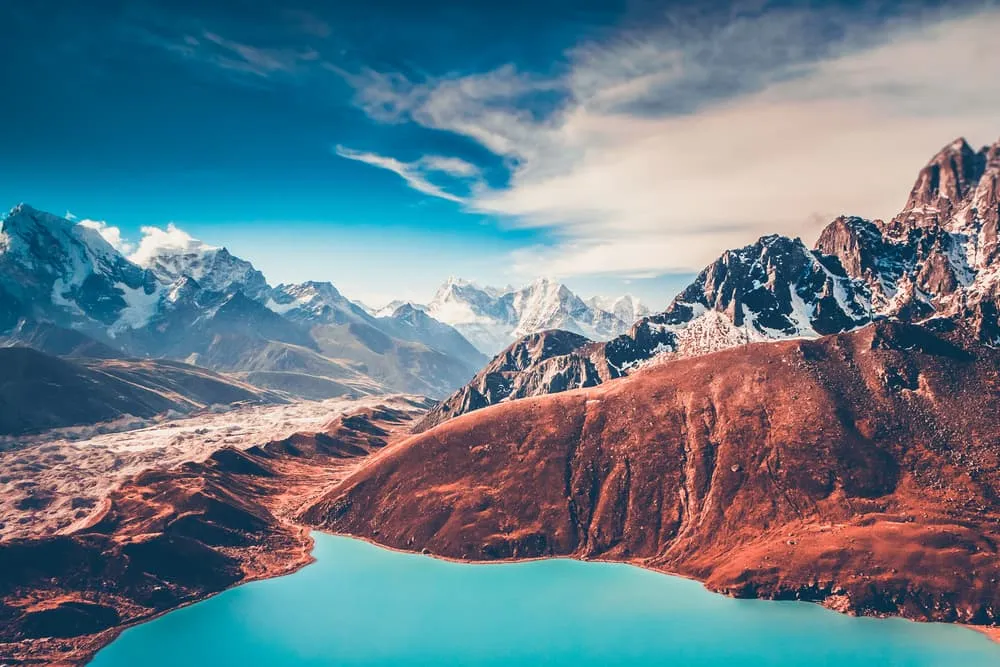
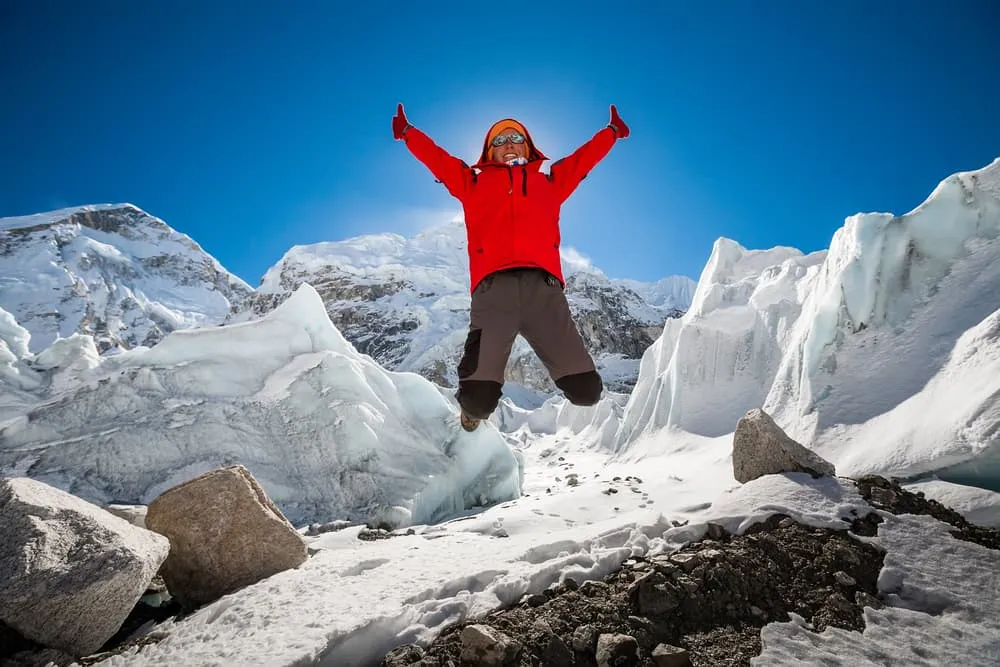
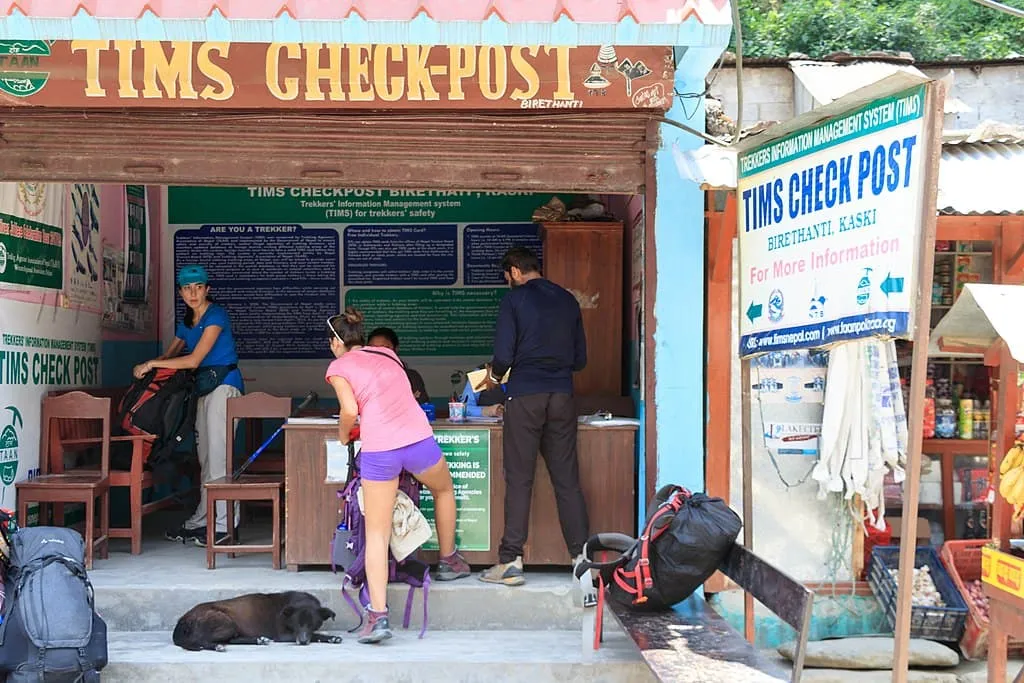


Comments